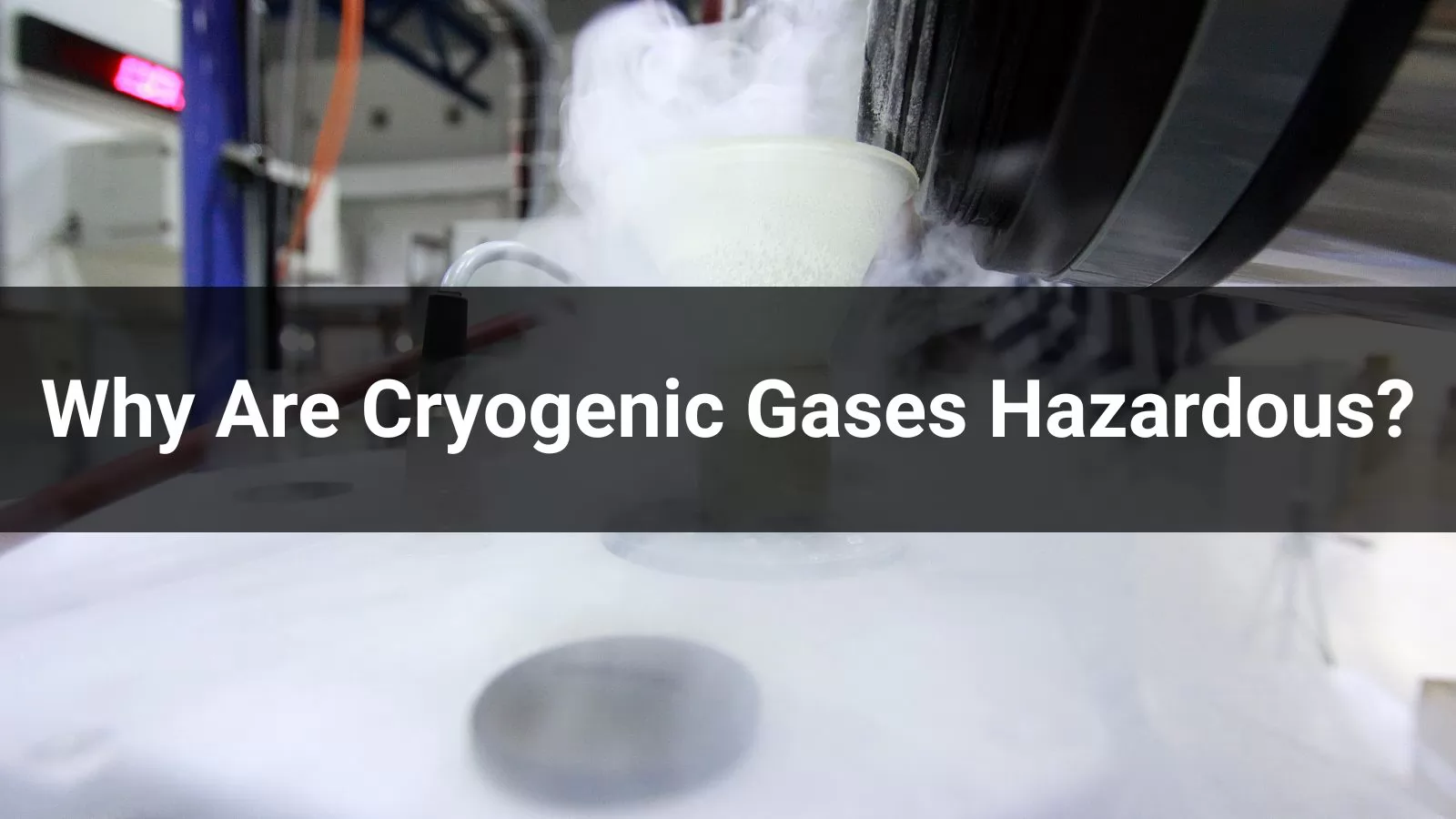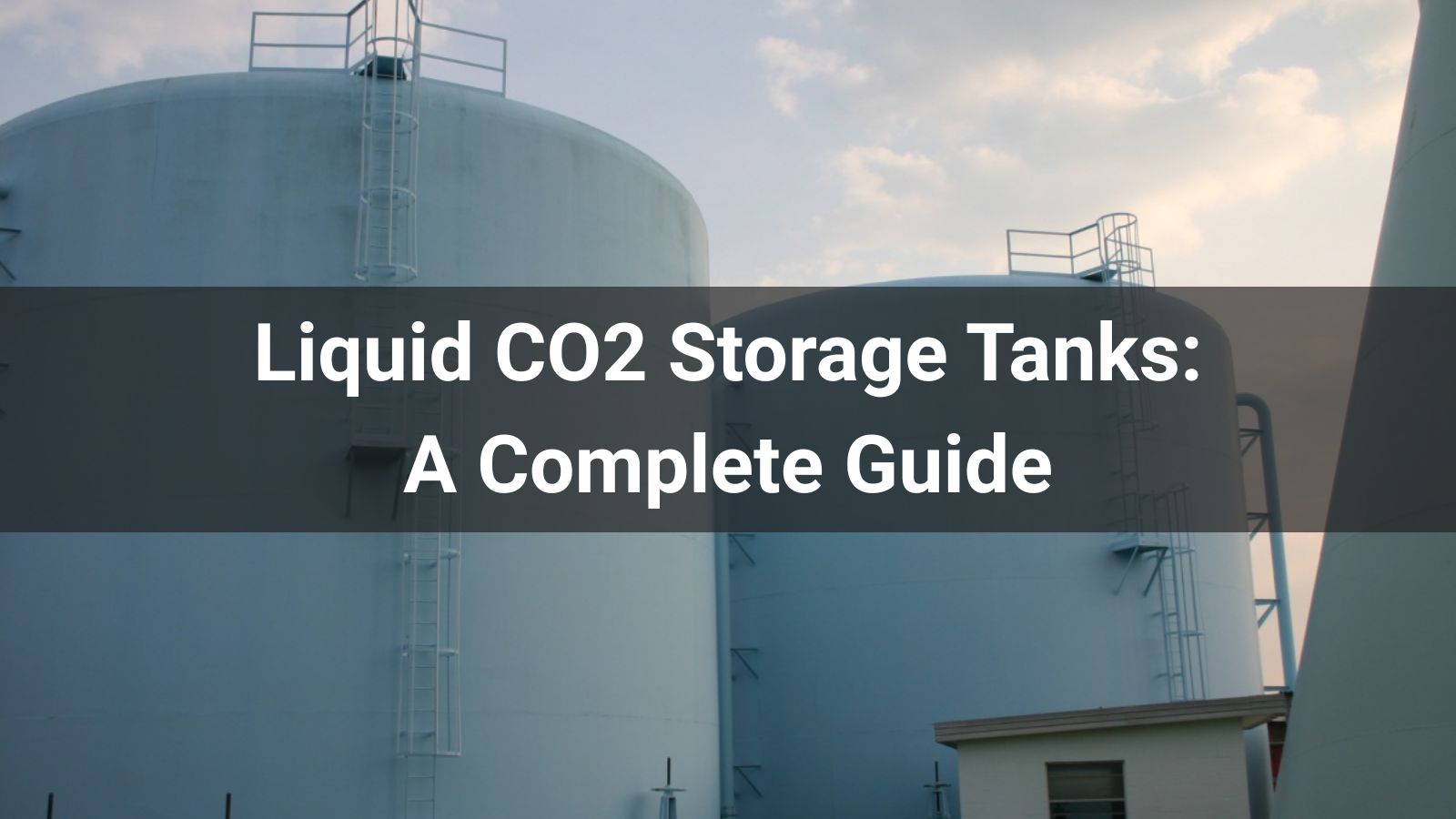
We’re Not Just Talking About Cold: Understanding Cryogenic Gases
Cryogenic gases—like liquid nitrogen, liquid oxygen, argon, and helium—are not just extremely cold substances; they present a complex array of hazards that can endanger both people and infrastructure. These gases are typically stored and handled at temperatures below -150°C, and are widely used in aerospace, medical, semiconductor, and biological storage industries.
At Cryo-Tech, we specialize in cryogenic systems that emphasize safety and reliability. But first, let's understand the root of the danger.
Quick Dive: What This Article Covers
- What makes cryogenic gases dangerous
- Physical and chemical hazards
- Oxygen displacement and asphyxiation risks
- Handling and storage safety protocols
- How Cryo-Tech mitigates these risks
1. The Ultra-Cold Threat: Thermal Hazards and Tissue Damage
One of the most immediate dangers is frostbite or cold burns. Direct skin contact with cryogenic liquids or their vapors can cause instant freezing of human tissue, similar to thermal burns but with the risk of deeper internal crystallization.
Even touching metal surfaces cooled by cryogens without protective gloves can result in skin tearing due to instant adhesion.
2. Phase Change Explosions: From Liquid to Gas Instantly
Cryogenic liquids expand rapidly into gas upon warming. For example, 1 liter of liquid nitrogen expands to about 700 liters of gas. If not properly vented, this expansion can rupture storage vessels or confined spaces—causing explosions or vessel failures.
This is why pressure relief valves and venting systems are integral to every Cryo-Tech storage unit.
3. The Silent Killer: Oxygen Displacement and Asphyxiation
Many cryogenic gases, including nitrogen and helium, are colorless, odorless, and non-toxic—but deadly in enclosed spaces. As they evaporate, they displace breathable oxygen and create an asphyxiation hazard without any warning signs.
Monitoring oxygen levels in cryogenic workspaces is not optional—it's life-saving. Our Cryo-Tech oxygen monitoring systems provide real-time alerts for immediate corrective action.
4. Chemical Hazards: More Than Just Cold
Some cryogenic gases carry inherent chemical reactivity. Liquid oxygen, for example, can accelerate combustion and ignite flammable materials upon contact. Hydrogen and methane are highly flammable and pose explosion risks when mixed with air.
Proper labeling, segregation, and inerting procedures are critical, especially in mixed-gas facilities.
5. Infrastructure Stress: Materials Become Brittle
Exposing standard materials like plastics or certain metals to cryogenic temperatures can cause them to crack or shatter due to embrittlement. System leaks or failures are often the result of improper material selection.
Cryo-Tech systems are built using stainless steel and other cryogen-compatible alloys to withstand thermal shock and extreme conditions.
6. Case Scenario: When Things Go Wrong
In 2020, a liquid nitrogen leak at a poultry processing plant in Georgia, USA, led to six fatalities due to oxygen displacement. The facility lacked proper ventilation and alarm systems. This tragedy underscores the necessity of not only high-quality equipment, but also rigorous training and environmental controls.
Lesson: Even non-toxic cryogens can become deadly under poor operational standards.
7. Cryo-Tech’s Safety-First Approach to Cryogenic Engineering
At Cryo-Tech, safety is engineered into every product. From vacuum-insulated tanks with multi-layer shielding to smart monitoring and fail-safe venting systems, our solutions are designed to mitigate all known cryogenic hazards.
- Built-in pressure relief mechanisms
- Oxygen-level alarms and environmental sensors
- Material certifications for extreme conditions
- Compliance with ISO, CE, and ASME standards
Final Thoughts: Respect the Cold, Protect the Workplace
Cryogenic gases are indispensable to modern science and industry, but they demand respect, technical understanding, and robust systems. Whether you're managing liquid nitrogen storage for biological labs or high-volume LNG applications, knowing the risks is the first step toward prevention.
If you're ready to enhance your facility’s cryogenic safety, contact Cryo-Tech for solutions designed with hazard mitigation at their core.








.png)




.png)

![Top 10 Cryogenic Companies in USA[2025 Updated]](/statics/images/right.png)
![Top 10 Cryogenic Companies in USA[2025 Updated]](/uploads/202508/bannerlist_1756363009_WNo_800d450.jpg)

![Top 10 LNG Tank Manufacturers Worldwide[2025 Updated]](/uploads/202506/CryoTech-banner-1-_1750490922_WNo_800d450.jpg)



